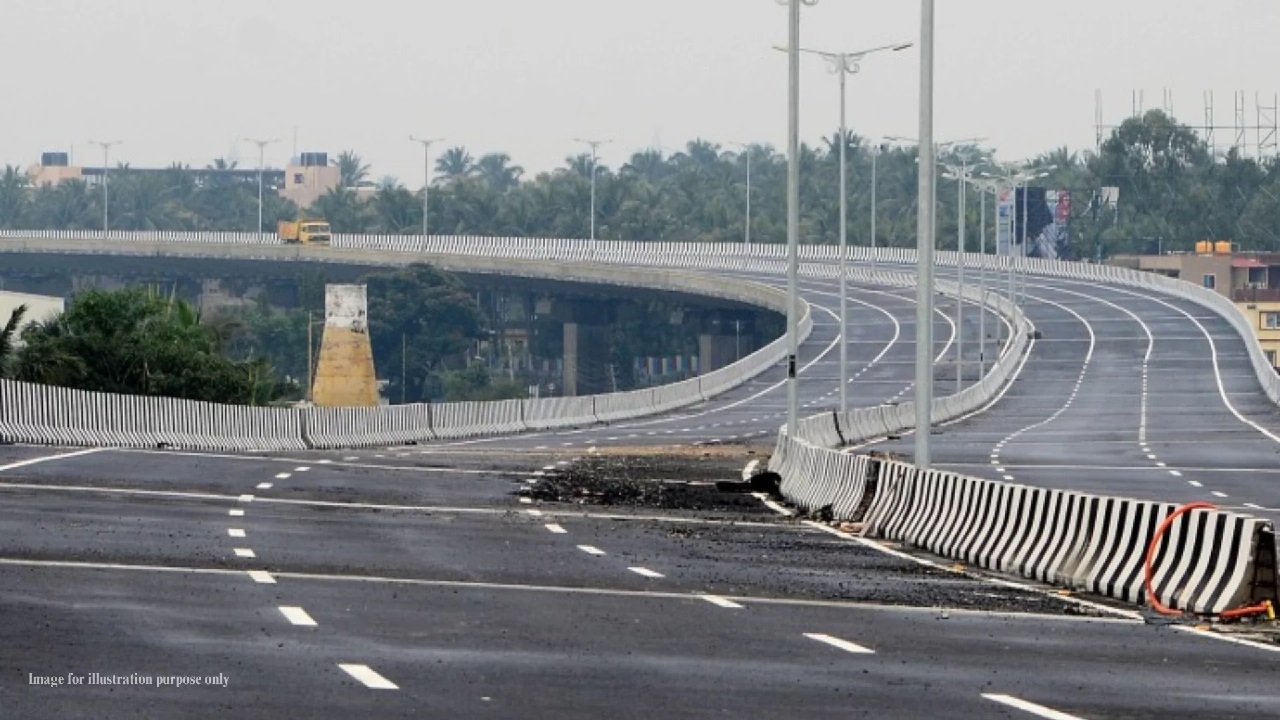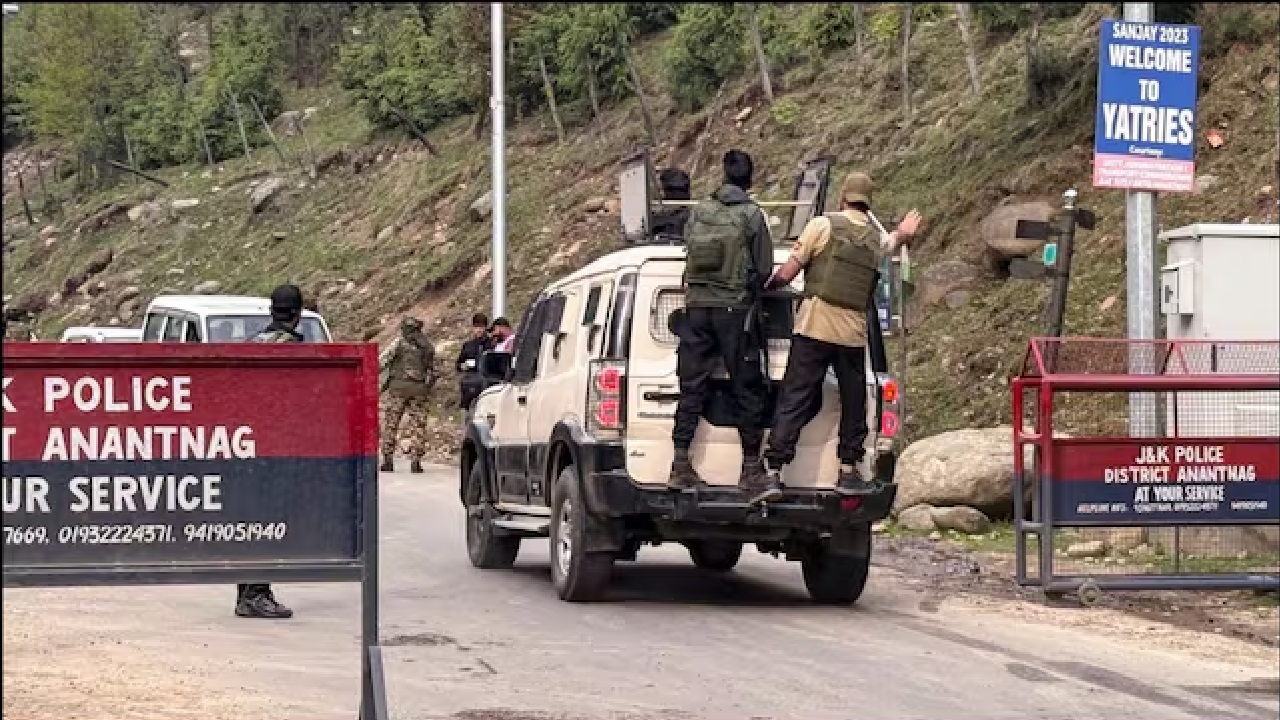Building the Foundation for a New Odisha
Odisha is stepping into a new era of infrastructural transformation. Historically known for its cultural richness and natural resources, the state has long grappled with connectivity gaps that have hampered its full economic potential. Over the past few years, the central government has been increasingly focusing on bridging these gaps—particularly through large-scale road development.
On April 17, Union Minister for Road Transport and Highways, Nitin Gadkari, will arrive in Odisha on a crucial one-day visit. His itinerary includes reviews, inaugurations, and public announcements that could significantly shape the state’s infrastructure landscape. The highlight: the launch and foundation-laying of 16 national highway projects worth over ₹5,000 crore. The visit comes at a time when Odisha has a new BJP-led government in power, fueling expectations of accelerated growth backed by “double-engine governance.”
A Day of Significance: Culture, Reviews, and Announcements
Gadkari’s visit begins with a tribute to one of Odisha’s most revered leaders—Dr. Harekrushna Mahatab—at Ravenshaw University, Cuttack, during his birth anniversary celebrations. His presence at the event symbolizes the Centre’s respect for Odisha’s historical figures and its intent to align modern development with regional legacy.
Post this ceremonial stop, the minister will move on to a high-level review meeting on ongoing projects under the National Highways Authority of India (NHAI) in Odisha. Key discussions will include progress updates, budget utilization, and strategies to overcome hurdles affecting construction speed and quality.
Later in the day, Gadkari will address a public gathering, where he is expected to make a major announcement concerning future road development policies for the state.
₹5,000 Crore Worth Projects: A Lifeline for Connectivity
The biggest takeaway from this visit will be the inauguration and laying of foundation stones for 16 highway projects, valued collectively between ₹4,500 crore and ₹5,000 crore. These projects aim to transform both rural and urban connectivity in Odisha by:
· Reducing travel time and fuel costs
· Facilitating smoother logistics for businesses
· Opening up new regions for tourism and trade
· Creating jobs through construction and allied sectors
· Luring investment by offering robust transport infrastructure
These highways are expected to directly benefit regions that have traditionally remained underdeveloped due to poor accessibility, especially in interior and tribal belts. Enhanced road networks will also ease the movement of agricultural produce, industrial goods, and emergency services, thus improving quality of life and economic inclusion.
Odisha Law Minister Prithviraj Harichandan confirmed the scale of the event and hinted at a potential policy-level announcement from Gadkari, which may outline new strategies for Odisha’s road sector under the BJP regime.
Double-Engine Governance: A Roadmap for Odisha’s Future
With the BJP forming the new government in Odisha, this marks the beginning of what many are calling a “double-engine” era of development, where the state and Centre operate in alignment. The ruling party’s promise of fast-tracked infrastructure growth is already being reflected in initiatives like these highway launches.
The Centre has indicated that Odisha is part of a mega infrastructure blueprint, and road connectivity is only the first gear. Future plans are likely to include smart cities, ports, industrial corridors, and logistics hubs, turning Odisha into a gateway of eastern India’s economic resurgence.
Driving Odisha Toward a Brighter Future
Nitin Gadkari’s visit marks more than a ceremonial launch—it is a statement of intent. The ₹5,000 crore highway investment is a stepping stone for deeper transformation in Odisha, symbolizing what’s possible when state and central governments operate in sync. With robust roadways acting as arteries of development, the new BJP-led government has signaled that Odisha is on the fast lane to progress—with infrastructure, connectivity, and inclusive growth steering the journey ahead.
(With inputs from agencies)








